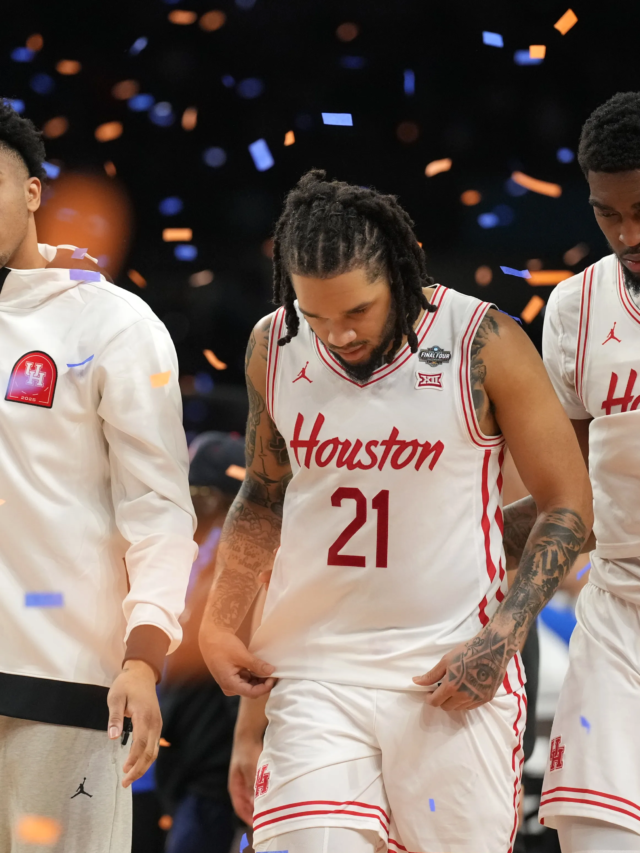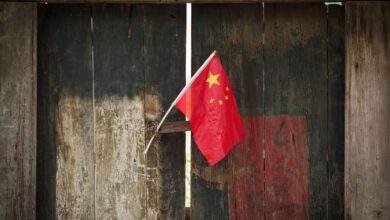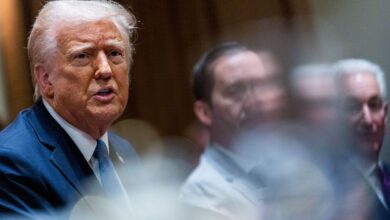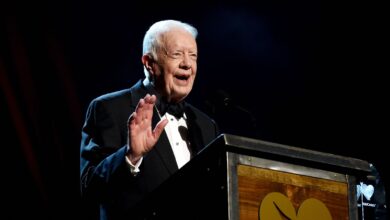George Floyd’s fifth death anniversary: A life of dreams, struggle and hope before the tragedy
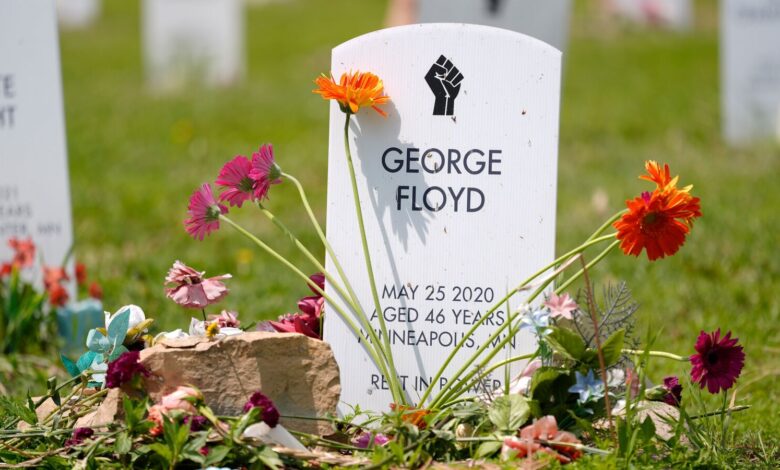
Americans on Sunday marked the fifth anniversary of George Floyd’s death, a moment that once ignited a worldwide reckoning on race and policing. Floyd, a 46-year-old Black man, was killed on May 25, 2020, when white Minneapolis police officer Derek Chauvin knelt on his neck for over nine minutes. The graphic footage of the arrest, captured by bystanders, spurred a historic wave of protests across the US and abroad during the COVID-19 pandemic.
George Perry Floyd Jr., whose final moments under the knee of a Minneapolis police officer were captured in a video that shook the world, was many things before he became a global symbol for racial justice and police reform. He was a father, a mentor, a former athlete, and a man who tried — imperfectly and earnestly — to overcome his past and reshape his future.
A humble beginning in Houston
Born in North Carolina in 1973, Floyd moved to Houston at the age of two with his mother, Larcenia “Cissy” Floyd, a single parent searching for better opportunities. They settled in Cuney Homes, a public housing project in the heart of Houston’s Third Ward — a community with deep Black roots and persistent poverty.
Known as “Big Floyd” for his towering 6-foot-7 frame, he grew up amid challenges but carried dreams far larger than his surroundings. As a child, he once wrote that he wanted to be a Supreme Court justice. Later, he emerged as a star athlete at Jack Yates High School, playing in a Texas state football championship and earning a partial scholarship to play basketball at South Florida State College.
Talent, trouble, and transformation
Floyd’s early adulthood was marked by instability. After bouncing between colleges, he returned to Houston and struggled to find steady work. Between 1997 and 2005, he was arrested multiple times for drug and theft-related charges. In 2009, he pleaded guilty to armed robbery and served nearly five years in prison.
But his release in 2013 marked a turning point. Floyd became involved with pastors and Christian rap artists, working with ministries in the Cuney Homes community to help steer others away from the mistakes he had made. He helped organize community events, deliver groceries, and even baptize new believers in makeshift tubs on neighborhood basketball courts.
“He was like a superhero,” said Cal Wayne, a local rapper and childhood friend. “He always had time for us.”
A new chapter in Minneapolis
In search of a fresh start, Floyd moved to Minneapolis in 2014 through a church program aimed at helping men rebuild their lives. There, he worked security jobs, first at the Salvation Army’s Harbor Light Center and later at a popular nightclub. Friends described him as kind-hearted, respectful, and deeply protective of others.
Even after his move, Floyd remained tied to Houston. He visited often, returned for community events, and cared for the people who helped raise him. At the time of his death, he was unemployed due to the COVID-19 pandemic and hoping to return home that summer.
May 25, 2020
On Memorial Day 2020, a store clerk accused Floyd of using a counterfeit $20 bill, leading to a police encounter that ended in tragedy. The video of officer Derek Chauvin kneeling on Floyd’s neck for over nine minutes sparked global outrage, igniting mass protests and calls for racial justice in all 50 US states and beyond.
Memorial and reflection at George Floyd Square
This weekend, mourners gathered at George Floyd Square in Minneapolis — the site where Floyd took his final breath. Dozens visited the now-iconic intersection adorned with protest art and flowers. A mural reading “You Changed the World, George” remains a central piece of the memorial.
Family urges continued fight
At a commemorative event, Floyd’s family members urged Americans not to be discouraged by the current political climate.
“We don’t need an executive order to tell us that Black lives matter,” said his aunt Angela Harrelson, wearing a T-shirt with Floyd’s face. “We cannot let a setback be a holdback for the great comeback. Donald Trump just didn’t get the memo.”
Cousin Paris Stevens added, “No one can silence us anymore.”
This year’s memorial theme — “The People Have Spoken” — was inspired by a visit from Nelson Mandela’s grandson, Nkosi Mandela, Harrelson said. It reflects five years of sustained activism.
Americans on Sunday marked the fifth anniversary of George Floyd’s death, a moment that once ignited a worldwide reckoning on race and policing. Floyd, a 46-year-old Black man, was killed on May 25, 2020, when white Minneapolis police officer Derek Chauvin knelt on his neck for over nine minutes. The graphic footage of the arrest, captured by bystanders, spurred a historic wave of protests across the US and abroad during the COVID-19 pandemic.
George Perry Floyd Jr., whose final moments under the knee of a Minneapolis police officer were captured in a video that shook the world, was many things before he became a global symbol for racial justice and police reform. He was a father, a mentor, a former athlete, and a man who tried — imperfectly and earnestly — to overcome his past and reshape his future.
A humble beginning in Houston
Born in North Carolina in 1973, Floyd moved to Houston at the age of two with his mother, Larcenia “Cissy” Floyd, a single parent searching for better opportunities. They settled in Cuney Homes, a public housing project in the heart of Houston’s Third Ward — a community with deep Black roots and persistent poverty.
Known as “Big Floyd” for his towering 6-foot-7 frame, he grew up amid challenges but carried dreams far larger than his surroundings. As a child, he once wrote that he wanted to be a Supreme Court justice. Later, he emerged as a star athlete at Jack Yates High School, playing in a Texas state football championship and earning a partial scholarship to play basketball at South Florida State College.
Talent, trouble, and transformation
Floyd’s early adulthood was marked by instability. After bouncing between colleges, he returned to Houston and struggled to find steady work. Between 1997 and 2005, he was arrested multiple times for drug and theft-related charges. In 2009, he pleaded guilty to armed robbery and served nearly five years in prison.
But his release in 2013 marked a turning point. Floyd became involved with pastors and Christian rap artists, working with ministries in the Cuney Homes community to help steer others away from the mistakes he had made. He helped organize community events, deliver groceries, and even baptize new believers in makeshift tubs on neighborhood basketball courts.
“He was like a superhero,” said Cal Wayne, a local rapper and childhood friend. “He always had time for us.”
A new chapter in Minneapolis
In search of a fresh start, Floyd moved to Minneapolis in 2014 through a church program aimed at helping men rebuild their lives. There, he worked security jobs, first at the Salvation Army’s Harbor Light Center and later at a popular nightclub. Friends described him as kind-hearted, respectful, and deeply protective of others.
Even after his move, Floyd remained tied to Houston. He visited often, returned for community events, and cared for the people who helped raise him. At the time of his death, he was unemployed due to the COVID-19 pandemic and hoping to return home that summer.
May 25, 2020
On Memorial Day 2020, a store clerk accused Floyd of using a counterfeit $20 bill, leading to a police encounter that ended in tragedy. The video of officer Derek Chauvin kneeling on Floyd’s neck for over nine minutes sparked global outrage, igniting mass protests and calls for racial justice in all 50 US states and beyond.
Memorial and reflection at George Floyd Square
This weekend, mourners gathered at George Floyd Square in Minneapolis — the site where Floyd took his final breath. Dozens visited the now-iconic intersection adorned with protest art and flowers. A mural reading “You Changed the World, George” remains a central piece of the memorial.
Family urges continued fight
At a commemorative event, Floyd’s family members urged Americans not to be discouraged by the current political climate.
“We don’t need an executive order to tell us that Black lives matter,” said his aunt Angela Harrelson, wearing a T-shirt with Floyd’s face. “We cannot let a setback be a holdback for the great comeback. Donald Trump just didn’t get the memo.”
Cousin Paris Stevens added, “No one can silence us anymore.”
This year’s memorial theme — “The People Have Spoken” — was inspired by a visit from Nelson Mandela’s grandson, Nkosi Mandela, Harrelson said. It reflects five years of sustained activism.
https://www.livemint.com/lm-img/img/2025/05/25/1600×900/George-Floyd-Five-Years-7_1748200029117_1748200044013.jpg
2025-05-25 19:34:00

